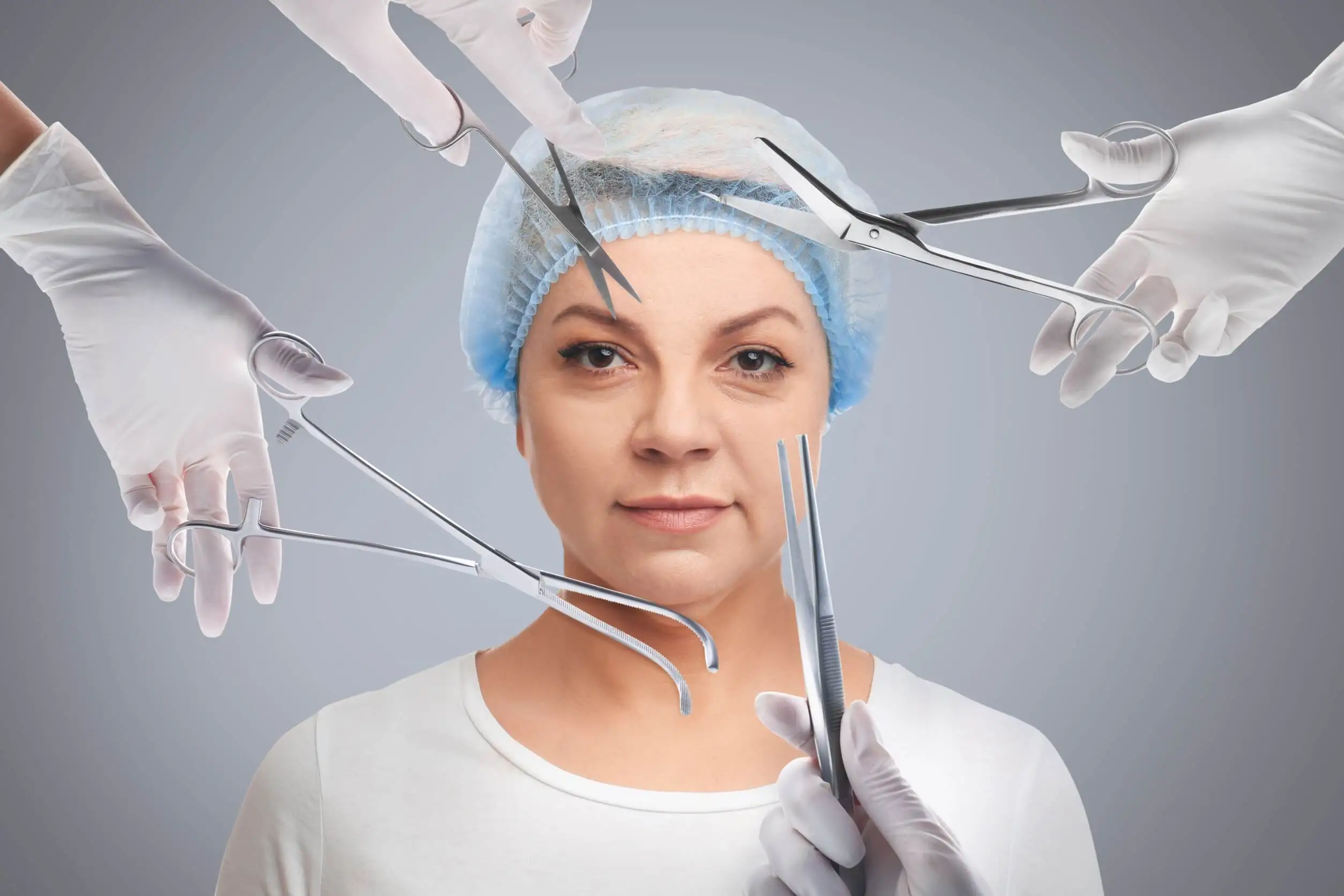Dorian Gray Syndrome: What Causes this Dysmorphia?


Written and verified by the psychologist Elena Sanz
Although each person faces it in a different way, the truth is that no one likes to grow old. The social pressure to stay forever young and beautiful is evident and surrounds us constantly. Some people are able to accept and love their image, even with their imperfections and at every stage of life. But others develop maladaptive symptoms in this area, and it’s known as Dorian Gray syndrome.
Despite not being included in the main psychology and psychiatry diagnostic manuals, this phenomenon affects many people. In fact, it is estimated that about 3% of the population suffers from it. This syndrome is characterized by an excessive preoccupation with body image and a strong refusal to grow old. And, although we associate this with the female sex, men also suffer from it.
What is Dorian Gray syndrome?
Dorian Gray syndrome is a sociocultural and psychological phenomenon related to the pressure to maintain a young and attractive appearance. This syndrome was first described in 2000 by the psychiatrists Burkhard Brosig, Joerg Kupfer, V. Niemeier, and Uwe Gieler in their essay The Dorian Gray Syndrome.
Its peculiar name is related to Oscar Wild’s novel, “The Picture of Dorian Gray“, in which the protagonist sells his soul to preserve eternal youth. It’s in this framework of vanity, immaturity and beauty that the disorder develops.

Thus, we can say that it’s an acquired disorder (one that we aren’t born with but which grows due to the sociocultural standards focused on physical appearance). However, not all people have the same reactions or trigger these types of symptoms. People with lower self-esteem and those who base their self-worth on their appearance are most vulnerable.
Main characteristics
To understand the Dorian Gray syndrome, we must look at its three main aspects:
Alteration of body perception
People with this syndrome are overly concerned about their physical appearance and image. They’re truly terrified of ugliness or body deformation and go over their image again and again in search of imperfections to remedy them.
It is common for symptoms of body dysmorphic order to appear, attending excessively to, and distorting the perception of, a body area that is considered extremely unpleasant and disproportionate when, in reality, it isn’t.
To maintain beauty and youthful appearance, they resort to all kinds of aids and treatments, as well as excessive medication use. For example:
- Hair growth restorers
- Erectile dysfunction medication
- Anti-obesity drugs and drugs for other aesthetic purposes (such as revitalizing the skin or increasing muscle mass)
- Cosmetic dermatology
- Cosmetic surgery
- Excessive use of diets and physical exercise
You may be interested in: The Psychological Factors Behind Obesity
Narcissistic personality
There is a tendency towards narcissism in the search for eternal youth and an attractive and perfect physical appearance. In addition, the person may feel superior to the rest in various aspects, be vain, believe they deserve superior treatment, or that they have more rights than others. In short, there’s a great deal of hedonism and misunderstood excessive self-esteem.
Refusal to grow old and mature

A third component is the rejection of aging, both physically and psychologically. Dorian Gray syndrome sufferers do everything possible to avoid the ravages of aging on the body and deeply fear looking older and degraded.
On the other hand, they show a reluctance to mature and continue to adopt childish and age-inappropriate attitudes and behaviors. In short, they reject any appearance that could be considered mature.
Find out more: Redensification to Prevent Premature Aging
How to deal with Dorian Gray syndrome?
In short, these people have a distorted and unrealistically negative view of their physical image, are extremely concerned about their appearance, and refuse to accept their own aging. Although it may seem a superfluous and unimportant syndrome, the truth is that it can have serious repercussions.
The excessive and indiscriminate use of drugs and cosmetic treatment can cause significant damage to health. There is also significant psychological suffering. The fact is that aging is inevitable and, no matter how much you want it, no body can achieve perfection, let alone maintain it over time.
Thus, the emptiness and frustration caused by this can lead to constant anxiety disorders, self-destructive behavior and depressive symptoms. In fact, it has been observed that depressive episodes and suicidal crises are quite frequent in this syndrome.
For the same reason, at the first suspicion of suffering from this syndrome, it’s important to seek professional help. There are some pharmacological options that can help the recovery process; but, fundamentally, you’ll need to start with intensive psychotherapy to help the person with their feelings of body distortion, low self-esteem, and rejection of maturity.
All cited sources were thoroughly reviewed by our team to ensure their quality, reliability, currency, and validity. The bibliography of this article was considered reliable and of academic or scientific accuracy.
- Brosig, B., Kupfer, J., Niemeier, V., & Gieler, U. (2001). The” Dorian Gray Syndrome”: psychodynamic need for hair growth restorers and other “fountains of youth.”. International journal of clinical pharmacology and therapeutics, 39(7), 279-283.
- Osorno, D. A. (2006). El síndrome de Dorian Gray (DGS). Revista de la Asociación Colombiana de Gerontología y Geriatría, 20(4), 971-973. http://acgg.org.co/pdf/pdf_revista_06/20-4-articulo2.pdf
This text is provided for informational purposes only and does not replace consultation with a professional. If in doubt, consult your specialist.








